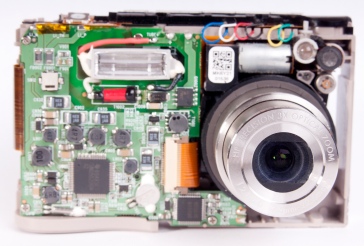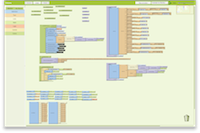First class in India
/I wrote this post yesterday morning, sitting in the Indira Ghandi International Airport in Delhi, India.
Where am I?
I'm in India. Some quick facts:
- Population: 1.2 billion, or 36 times Canada's
- There over 1.4 million sci/tech/engrg/math graduates every year
- In the US, there are about 420 000 such graduates
- The prestigious Indian Institutes of Technology receive dozens of applicants per place
- In contrast, the University of Oxford gets 5
- Because of this, the required mark in many subjects is 100%
I met some of these recent graduates last week, in an experimental corporate training course. Cairn India has been running a presentation skills course for several years, provided by a local trainer called Yadhav Mehra. Yadhav is a demure, soft-spoken man, right up until he stands up in front of his students. Then he becomes a versatile actor and spontaneous stand-up, swerving with the confidence of a Delhi cab driver between poignant personal stories and hilarious what-not-to-do impressions. I’ve been on the receiving end of plenty of courses before, but Yadhav really made me see ‘training’ as a profession in itself, with skills and standards of its own. I am grateful for that.

How did I end up here?
Serendipity is a wonderful thing. Last fall, Susan Eaton—whom I’d met in the pub after teaching for the first time—wrote a nice piece about my then-new writing course. One of my long-lost PhD supervisors, Stuart Burley, read this article in his office at Cairn India in Delhi, and it triggered a thought. He had Yadhav, a pro trainer, helping his super-bright geoscience and engineering grads with their presentation skills, but they also needed coaching in writing.
Their education provides them with...
the traditional written communication vernacular employed in the physical sciences, in which exposition is lengthily embellished with extraneous verbiage, and the passivum, or passive voice in its not uncommon appellation, is unfailingly and rigorously exercised.
You get my point. Stuart’s thought was: let’s do combine the two courses!
What happened?
The great thing about Stuart is that, along with breadth of experience and penetrating geological insight, he’s practical—he gets stuff done. (Like almost everything else in my dim-witted student days, I didn’t appreciate how valuable this was at the time.) So the three of us planned a 3-day course that combined my day's worth of writing coaching with Yadhav's two-day presentation course. Yadhav brought some didactic rigour, and I brought some technical depth. Like all collectable first edition, it had some rough edges, but it went beautifully. Students wrote an extended abstract for a conference paper on Tuesday, then presented their paper on Thursday—they made a great effort, and all did brilliantly.
I hope we run the course again—I'd love to see it reach its full potential.
In the meantime, if you're interested in exploring ways to get more people in your organization writing a little better, or a little more often, do get in touch! You can find out more here.











 Except where noted, this content is licensed
Except where noted, this content is licensed